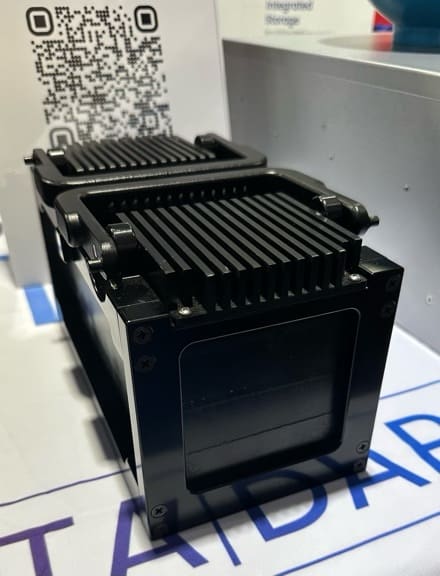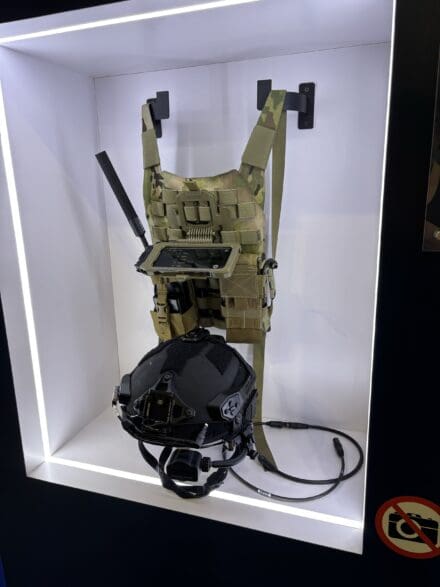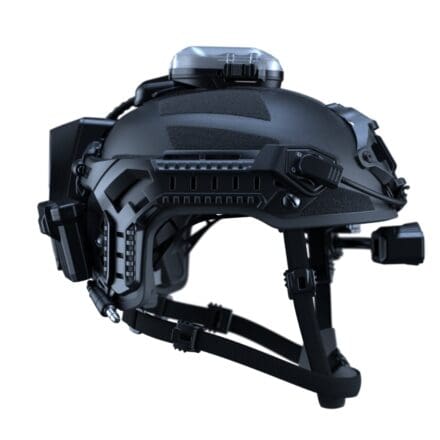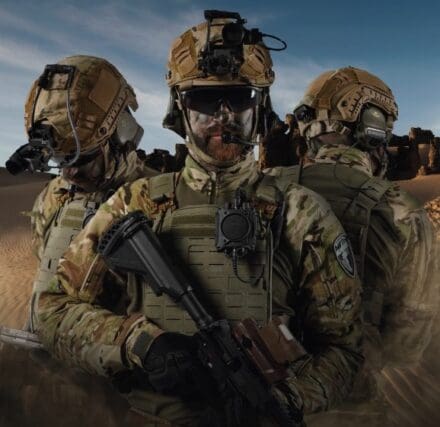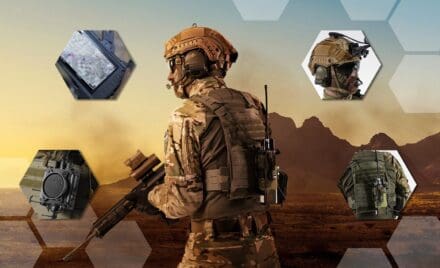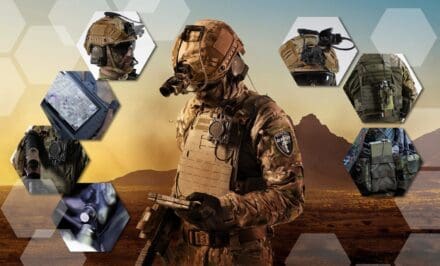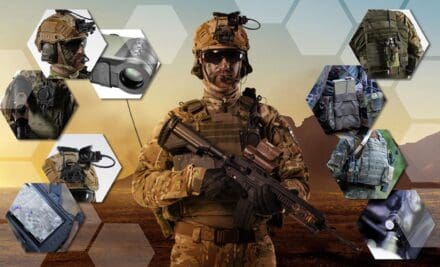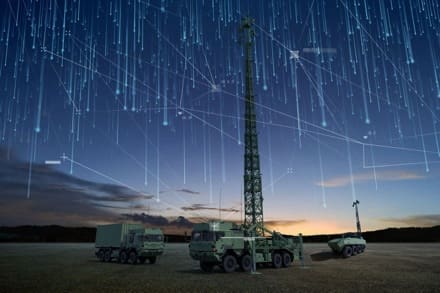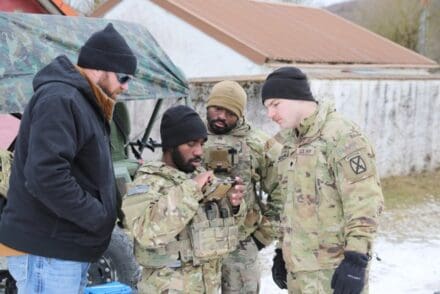
Hohenfels, Germany – With the rapid advances of technologies and the ever-changing technological landscape, it remains more important than ever for the United States Army to remain at the cutting edge of innovation. Which is why an event like the Human Machine Integration (HMI) Fight Tonight Excursion is so essential.
The HMI Fight Tonight Excursion is a training event to train today’s Soldiers on how to use the emerging technologies and devices of tomorrow. For three days, Soldiers were given hours of training and hands-on experience to test, experiment with, and provide direct feedback for some of the latest technologies and breakthroughs coming from PEO Soldier.
And the Soldiers of 3rd Brigade, 10th Mountain Division led the way.
“The Fight Tonight Excursion is an Army Futures Command Commanding General priority to rapidly integrate a Common Control Solution for uncrewed systems for the Army,” said MAJ Adam Arnold, assistant program manager of Nett Warrior. “The focus for the excursion centered around bridging Nett Warrior, Short Range Reconnaissance (SRR) Unmanned Aircraft Systems (UAS) assets along with other commercial off-the-shelf UAS with commercial controllers to provide Soldiers a common control software solution and reduce the number of controllers on the battlefield.”
Many current SRR drones only come with controllers provided by the manufacturing companies. While these controllers work, they only work for the specific drones they are made for and can quickly add a lot of excess bulk and weight for Soldiers to carry if units are given multiple different SRRs to operate.
That is where PEO Soldier and Nett Warrior come in: Working with the DEVCOM Soldier Center, they designed an all-in-one system that can deploy and control multiple different types of SRR drones, eliminating the need for Soldiers to constantly keep track of different controllers and operating systems.
Getting here has been a collaborative process from the beginning. Taking DEVCOM solutions and partners at Program Manager UAS have been integral to bringing these advanced systems online well before they were ever in the hands of Soldiers. PM UAS has been crucial in receiving UAS vendor support to update their firmware so the systems will work. It is also responsible for sending three of their trainers to join the Nett Warrior team to help train Soldiers on these advanced systems.
The feedback from the Soldiers testing the Army’s cutting-edge system has been very positive.
Soldiers who trained with the Nett Warrior system thought the software was “simpler” and more “user-friendly” than what they were currently used to. They found that the drones they controlled performed better on the Nett Warrior system and that the interface was very easy to use.
That is no small feat given that the training took place in the frigid, single-degree German winter weather.
The Nett Warrior system also adds the same extensibility to platoon leaders and commanders. Now, reconnaissance footage and intelligence can be relayed through multiple touchpoints. Leaders at all echelons can see the video in real time. Nett Warrior also allows commanders to assign tasks directly to their units and even remotely take control of the UAS if necessary.
All that in one easy-to-use system, designed from the ground up with Soldiers in mind.
“The collaborative efforts between PEO Soldier, PEO Aviation, PEO C3N, and our industry partners were in full display in the work required to bring UAS assets into the unit network architecture,” MAJ Arnold said. “The ability to pass Position Location Information (PLI) and video streaming throughout the formation will provide Soldiers with far more extensibility and situational awareness than ever before.”
After this training, the Soldiers had an additional month to use the Nett Warrior system on their own, integrating it with their other duties and training to see how the system performed in the field.
The response was incredibly positive.
The training was “an overwhelming success,” said Chief Warrant Officer 2 Brendan Henske, Brigade UAS Operations Officer, noting that the overall Nett Warrior devices and systems helped to “reduce and simplify the Soldiers’ workload.”
“Soldiers took to learning the new interface with vigor and did not want to give up the equipment at the end,” CW2 Henske said.
This is far from the end, however. The Soldiers will provide the Nett Warrior team with direct feedback on their favorite features and what could be improved. That feedback will be used to refine, improve, and perfect the Nett Warrior system.
It is that commitment, to put Soldiers at the forefront of everything being done, that helps Nett Warrior and all the teams across the multiple PEOs thrive and continue to deliver the best and most advanced systems in the world to the men and women in uniform.
By Zachary Montanaro



